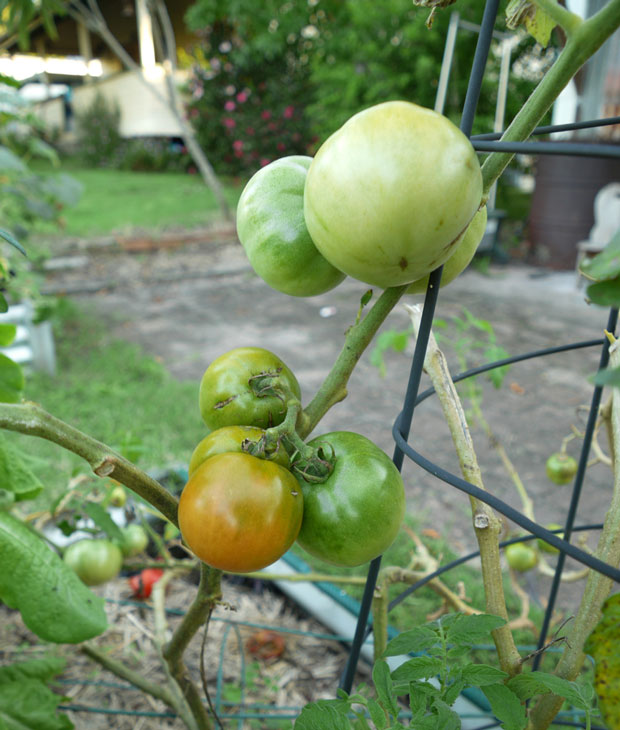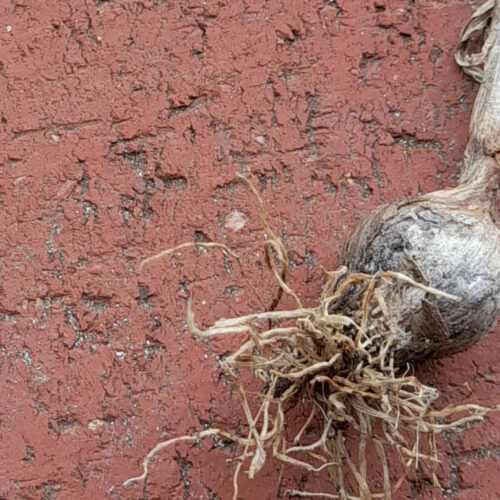Tomato travails
2014-05-19T08:33:40+10:00
Editor STEVE PAYNE continues blogging about his gardening successes and misadventures.
Sadly, my ‘Tropic’ tomato bush is coming to the end of its productivity. Throughout late summer and early autumn it provided a steady supply of very tasty small and medium-sized red tomatoes.
It was a variety recommended by our regular contributor Phil Dudman, who happens to live in the same subtropical region as me. One of the big problems with growing tomatoes in the subtropics and tropics are leaf-spotting and other diseases encouraged by humid wet conditions. It’s often recommended to grow tomatoes in frost-free warmer climates during the autumn and winter to avoid the worst of diseases and also the scourge of fruit fly which ruins fruit if not controlled.
This is good advice, but if you are desperate for a yummy home-grown tomato for summer salads, then a bit of determination is needed to get good results. Cherry tomatoes are the no-fuss choice for the subtropics because they survive anything, are very disease-resistant, and self-sow all over the place. But I just love the larger varieties with their rich flavours and colours. I did try the climbing heirloom Grosse Lisse a couple of years back and did manage to get a dozen or so decent fruit, but it was a real struggle.
The ‘tropic’ was by no means perfect, but it did keep producing, despite ending up like a skeleton as I pruned away all the black-spot laden leaves. I could have sprayed it with copper hydroxide (organically allowable), but thought I’d see how I went just removing diseased leaves as they appeared. I made sure I watered in the morning and without splashing any soil up onto the leaves or plant.
Next time I grow them, I will aim to control the actual plant better by pruning to create one main stem (a ‘single leader’). You get less but larger fruit and it is easier to control pests and diseases, especially as it increases airflow.
If the central stem gets too long for your stake, bang in another stake nearby (about 50cm away so you don’t damage roots), remove the ties from the original stake, carefully run the lower part of the plant stem along the ground and retie the plant to the new stake.
I found that my tropic, despite having a growing frame, wanted to sprawl all over the place, and because I couldn’t bear to waste any fruit, I let it keep spreading. One of our contributors Linda Cockburn, once from warm-climed Gympie Queensland, but now down in Tassie, will explain the process of pruning tomatoes in an article we have planned for our October issue. The article will also cover disease-resistant varieties and other pest and disease control measures. I can’t wait! Until then, I’m going to continue my experiments with large-fruited tomatoes.






